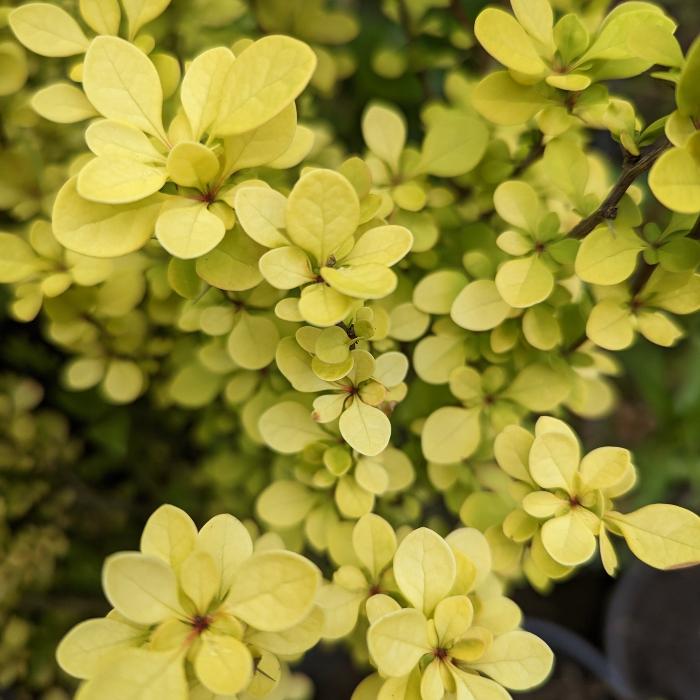UNITED STATES—There are rules to hedging. Many hedges violate some of such rules. Formal hedges are the most egregious offenders. Their uniformity, symmetry and form require compliance to relatively strict standards. Relatively relaxed standards of informal hedges or screen are standards nonetheless. Almost every hedge eventually needs maintenance of some sort.
The primary difference between formal and informal hedges is uniformity. A formal hedge involves only a single variety of a species. Spaces between individuals of such a hedge are all the same. An informal hedge can involve more than one species. Spacing may be variable, even if for a single variety. Informal pruning is less strict than formal shearing.
Both types of hedges are generally utilitarian, as well as aesthetically appealing. Many provide privacy. Many obscure undesirable scenery. Some divide gardens into distinct spaces. Size and shape is very relevant to how effectively a hedge serves its purpose. Unfortunately, most hedges are significantly larger than necessary. Many are obtrusive.
Hedges can be pushy.
This happens because their depth, from front to back, is easy to ignore. A healthy facade of dense foliage conceals wasted space within. It can slowly expand outwardly as each subsequent shearing procedure allows. Expansion is faster above than below, which is why so many hedges are wider on top. Distended tops shade and inhibit lower growth.
Obtrusive hedges are difficult to restore. Most require removal of their appealingly dense foliar facades. Such a procedure exposes unappealingly bare stems within. This should be temporary for most hedges. They efficiently refoliate to develop new facades with less depth. Such renovation is impractical for junipers, which can not refoliate so efficiently.
Renovation of obtrusive hedges is unpleasant and temporarily unsightly. However, it can recover formerly useless space. A hedge that was six feet wide can be as effective if only a foot wide. There is no need for it to extend over usable spaces, such as walkways and patios. Other vegetation will likely appreciate better exposure to sunlight. Mild weather delayed but did not eliminate the need for seasonal maintenance of hedges.
Highlight: Barberry
Its abundance of small but very sharp spines are both a blessing and a curse. Barberry, Berberis thunbergii, can work like vegetative barbed wire. An intruder might get through its thicket growth of limber stems once. Its unavoidable thorny nastiness will dissuade a second attempt. Unfortunately though, the same thorny nastiness is unpleasant to prune.
Ironically, most barberry is aesthetic rather than utilitarian. Popular modern cultivars are bright yellow or dark purplish red. Variegation is still rare. Most cultivars are less than six feet tall. Some are very dense and less than two feet tall. Old fashioned green barberry that gets 10 feet tall is now uncommon. Autumn foliar color is exquisitely red or orange.
Barberry works splendidly as a low shorn hedge, although it defoliates through winter. Its naturally billowy, flaring or upright form is even more splendid unshorn. Congested older specimens regenerate vigorously after winter coppicing. Small ovate leaves constitute a refined foliar texture. Tiny bright red berries are rarely observable before birds find them.
Tony Tomeo can be contacted at tonytomeo.com.






